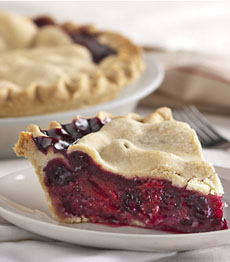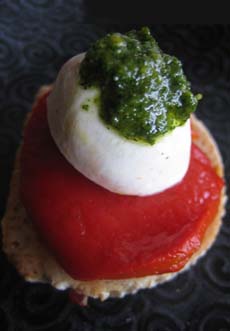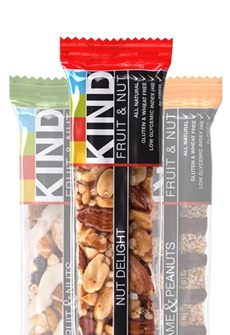|
EDITOR’S NOTE: We regret that this video has been discontinued by its producer.
Root vegetables have sustained mankind through millennia of winters, because they last for long periods in cool temperatures.
Root vegetables are plant roots eaten as vegetables. Beetroot (beets), carrot, ginger, Jerusalem artichoke, jicama, parsnip, potato and sweet potato, radish, rutabaga, salsify, turnip, wasabi, water chestnut and yam are just a portion of the long list of root vegetables consumed in the U.S.
A gratin (grah-TAN) is a method of food preparation in which a protein, vegetable or starch is served with a browned crust of grated cheese. The crust may also include breadcrumbs, egg and/or butter.
Gratin originated in France and is usually made in a shallow baking dish. The main ingredient can be baked (roasted) in the oven or cooked on the stove top. In the latter case, the toppings are then added and the dish is finished in the oven or broiler. The baking dish is usually brought to the table piping hot.
For winter entertaining, one of our favorite dishes is a root vegetable gratin of carrot, parsnip, sweet potato and turnip, made in our favorite red Le Cresuset baking pan. Even people who don’t like veggies succumb to the melted Gruyère cheese topping.
In this week’s cooking video, Martha Drayton of Whole Foods Markets shows us how to make a gratin with potato, sweet potato and celery root (celeriac)—an enhancement of the popular dish, potatoes au gratin.
If you’d like to substitute other root vegetables:
Visit our Squash Glossary or our Exotic Vegetable Glossary for some ideas.
Here’s a recipe for Butternut Squash Au Gratin.
|






